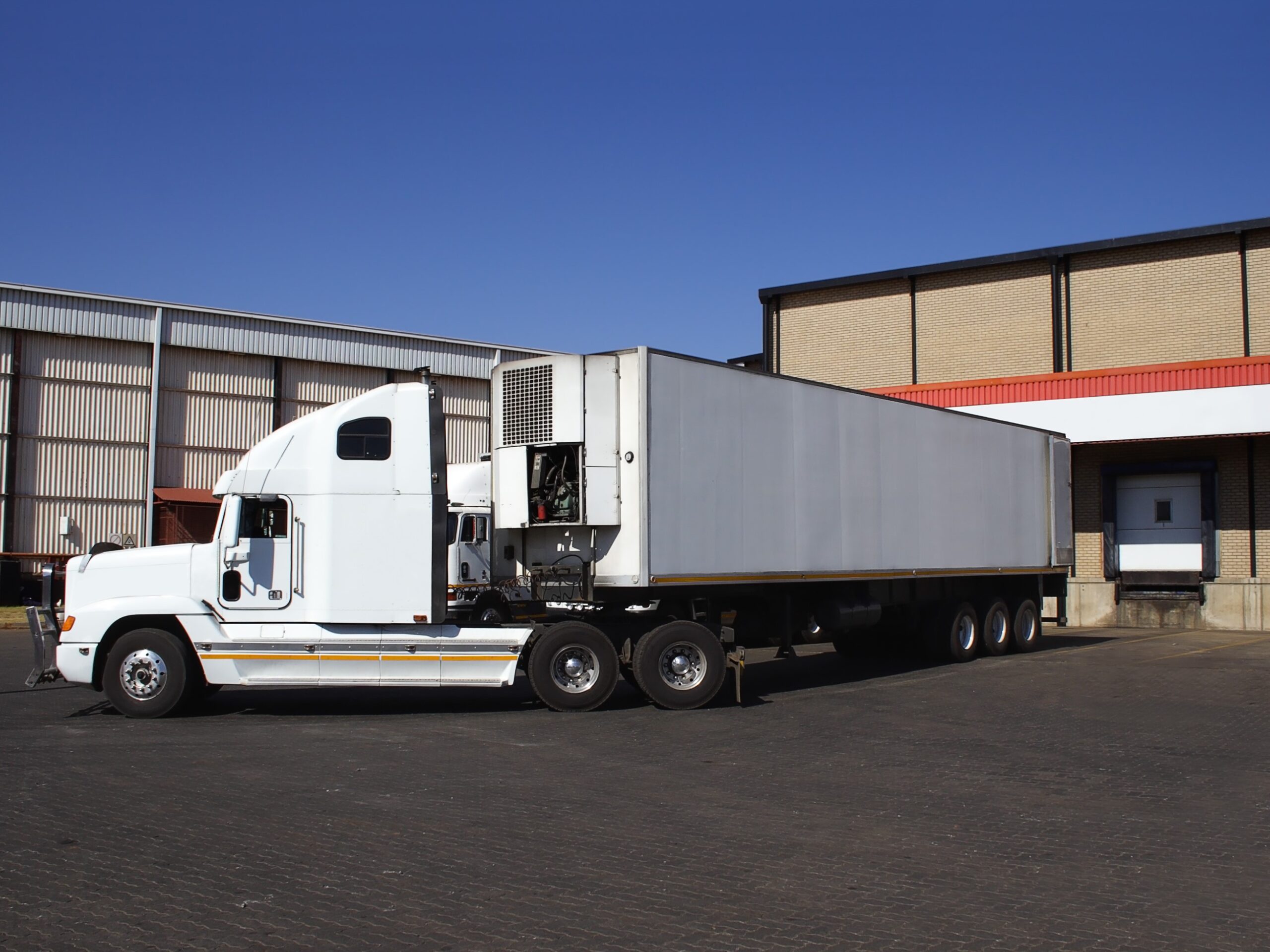Sponsored: Swiss Re Corporate Solutions
Parametric Insurance Makes Businesses of Every Size More Resilient

Over the past few years, interest in parametric insurance has grown to an all-time high. Thanks to the transparency of parametric policies, speed of payment, and flexibility in use of funds, more businesses are recognizing their value as a risk management tool.
“The number of inquiries for parametric cover has steadily increased,” said Cole Mayer, VP, Innovative Risk Solutions North America, Swiss Re Corporate Solutions. “The most significant increase, though, has been among small- to medium-size enterprises (SMEs).”
Until now, most companies interested in parametric solutions were large corporations, who have primarily purchased the coverage as a way to fill in the gaps left by traditional coverages when it comes to the big, complex losses stemming from natural catastrophes.
Because a catastrophe could have extensive trickle-down effects for these big businesses, their parametric policies must be customized to fit their appetite and exposure at various locations.
Parametric covers for small and medium sized businesses, however, “don’t to be as tailored. Instead, these clients prioritize speed and ease of distribution,” Mayer said. “We realized we needed to simplify the underwriting and distribution of parametric policies for these businesses.”
To satisfy this increased demand, Swiss Re Corporate Solutions launched its parametric hurricane product STORM within a new Parametric Online Platform (POP), creating “POP STORM.” The platform makes distribution of the STORM product more efficient and makes parametric insurance more accessible to smaller businesses.
How STORM Aids Quicker Disaster Recovery

Cole Mayer, VP, Innovative Risk Solutions North America, Swiss Re Corporate Solutions
Swiss Re’s STORM policy is built around a single data point – a hurricane’s wind speed at an insured location as reported by an independent 3rd party data provider. Insureds and underwriters determine a trigger threshold – for example, sustained 60 mph winds reported at the insured property – and an appropriate payout amount.
As long as those triggers are met, the policy pays whatever amount was stipulated in the contract, and the funds can be used for any recovery-related purpose – a crucial difference from traditional insurance that makes parametric coverage well-suited to disaster response.
When catastrophe strikes, the impact on local businesses goes far beyond property damage and business interruption. There can be long-term losses that materialize slowly, and for which there is nowhere to turn for insurance recovery.
For example, a hurricane-battered coastal town may lose its appeal to vacationers for months even after all its roads and buildings re-open. The revenue dip is typically not a covered business interruption loss in a standard property policy, but it could be enough to eventually shutter some small businesses.
“Loss of attraction to an area and different consumer spending habits after a major natural catastrophe are very relevant risks,” said Martin Hotz, Head Parametric Nat Cat, Swiss Re Corporate Solutions. “But unfortunately, these aren’t risks that traditional insurance policies were intended to cover.”
This is where parametric insurance can make a difference. Parametric products aren’t necessarily meant to replace traditional policies but rather to complement them. In unpredictable scenarios like natural disasters, they pick up the pieces that traditional policies don’t address.
“Parametric policies are very flexible in that the payout can be used to cover any loss resulting from the event,” Mayer said. “Due to the flexibility the client has in the use of the funds, the payout can help mitigate things like contingent business interruption, non-physical damage business interruption, utilities disruptions, loss of attraction, and wide area damage.”
STORM is also designed to be transparent. Because triggers are based on third-party data, policy response is clear-cut.
“The triggers are based on data reported by independent third parties that are widely recognized as being at the top of their industry. We don’t control or influence the data at all, it’s simply based on the best science available,” Mayer said.
Transparency also lends itself to speed. There is no need for the typical loss adjustment, cutting out much of the back-and-forth of the traditional claims process. The data gets reported within weeks of a natural catastrophe, and this means payments come faster.
Especially for smaller businesses working with more limited budgets, quick liquidity is necessary for effective disaster response.
How POP STORM Meets SME’s Unique Needs

Martin Hotz, Head Parametric Nat Cat, Swiss Re Corporate Solutions
Small- and medium-sized enterprises (SMEs) face the same catastrophe risks as their larger counterparts and have an equal need for an innovative solution that complements traditional policies. But, they don’t necessarily need the same degree of customization given their smaller scale.
Trigger thresholds and payout amounts are both specific to a company’s risk appetite and the underwriter’s estimation of their exposure. Arriving at an acceptable contract can require a lot of fine-tuning for more complex risks.
SMEs with simpler risk profiles, however, may not require such in-depth conversations. Swiss Re Corporate Solutions’ Parametric Online Platform provides a direct distribution option that lets SMEs select and bind coverage quickly and get on with their business.
“In POP STORM, the broker has the ability to go all the way from indication to final bound policy without consulting us at all,” Mayer said.
The platform offers three options buyers can select from: a lower attaching option with payouts at lower wind speeds; a higher attaching option with payout at higher wind speeds; and an option in the middle. Brokers or risk managers can enter the data on the location they want to insure and go all the way from indication through policy binding and issuance in a matter of minutes.
“Our clients get the exact same product, just with faster and more streamlined delivery,” Hotz said.
Resiliency at the Center of Everything
What POP STORM really delivers is resiliency. By filling in the gaps left by traditional, indemnity-based solutions, parametric insurance provides extra security. It gives owners of small- to medium-sized businesses peace of mind that they will be able to come back quicker from catastrophe.
“Parametric insurance is for everyone, whether you run a nationwide corporation or a beach-front restaurant,” Hotz said. “POP STORM makes this tool available to a broader set of companies.”
Resiliency stands at the center of all Swiss Re Corporate Solutions’ products and services. It’s not just about recovering a financial loss, but about building an arsenal of resources that enable businesses to better prepare for catastrophic events and rebound to their pre-loss state faster.
“The need for resilience doesn’t diminish because your business is smaller,” Mayer said. “We hope that this new platform puts resilience within reach for businesses of all types and sizes.”
To learn more, visit https://corporatesolutions.swissre.com/innovative_risk/parametric/.
This article was produced by the R&I Brand Studio, a unit of the advertising department of Risk & Insurance, in collaboration with Swiss Re Corporate Solutions. The editorial staff of Risk & Insurance had no role in its preparation.










